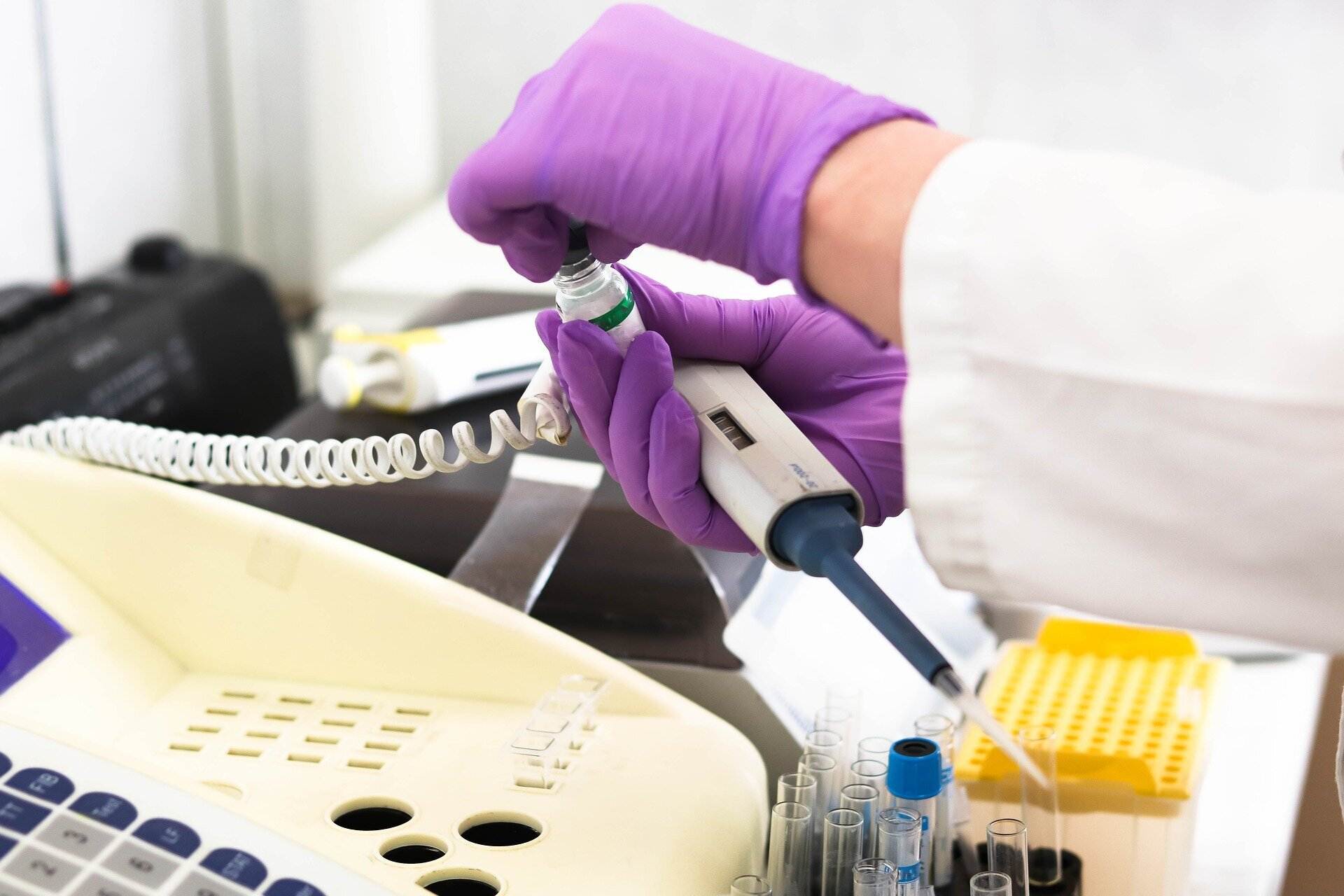The challenge: Build microfluidic devices that can keep cells alive in a setting that mimics specific organs or tissues, and incorporate biosensors to measure the cells’ physiology. The goal: Mimic diseases and test drug responses that traditional 2D culture systems and animal models have been unable to predict, filling a critical gap in drug development and potentially lowering the cost of drug development, with increased speed and accuracy.
Several labs have risen to the challenge, creating a variety of organ-on-a-chip systems. Hesperos is pioneering the fully functional multi-organ system, and CEO Mike Shuler was featured recently in Science discussing some of the challenges the company has faced making the revolutionary technology a reality.
“There’s just a lot of things that can go wrong when somebody tries to do this,” admits Shuler, Samuel B. Eckert Professor of Engineering in the Meing School of Biomedical Engineering and in the Smith School of Chemical and Biomolecular Engineering at Cornell University.
For instance, the difference in solubility between oxygen and carbon dioxide in the cells’ medium can cause gas bubbles to accumulate over time, disrupting the system’s tightly controlled fluid flows and causing a problem during extended metabolic testing. Hesperos’s solution? Eliminating the pumps normally used to control microfluidic devices, and using a carefully designed gravity flow system instead.
Shuler also discusses the company’s business model, which involves offering multiorgan models as a service, rather than trying to sell and support them as stand-alone products. Clients so far include several pharmaceutical companies who have tested drugs on systems with four or five interconnected organs, including the liver, the heart, and neuromuscular junctions, as well as artificial skin, gastrointestinal tracts, and models of the blood–brain barrier.
